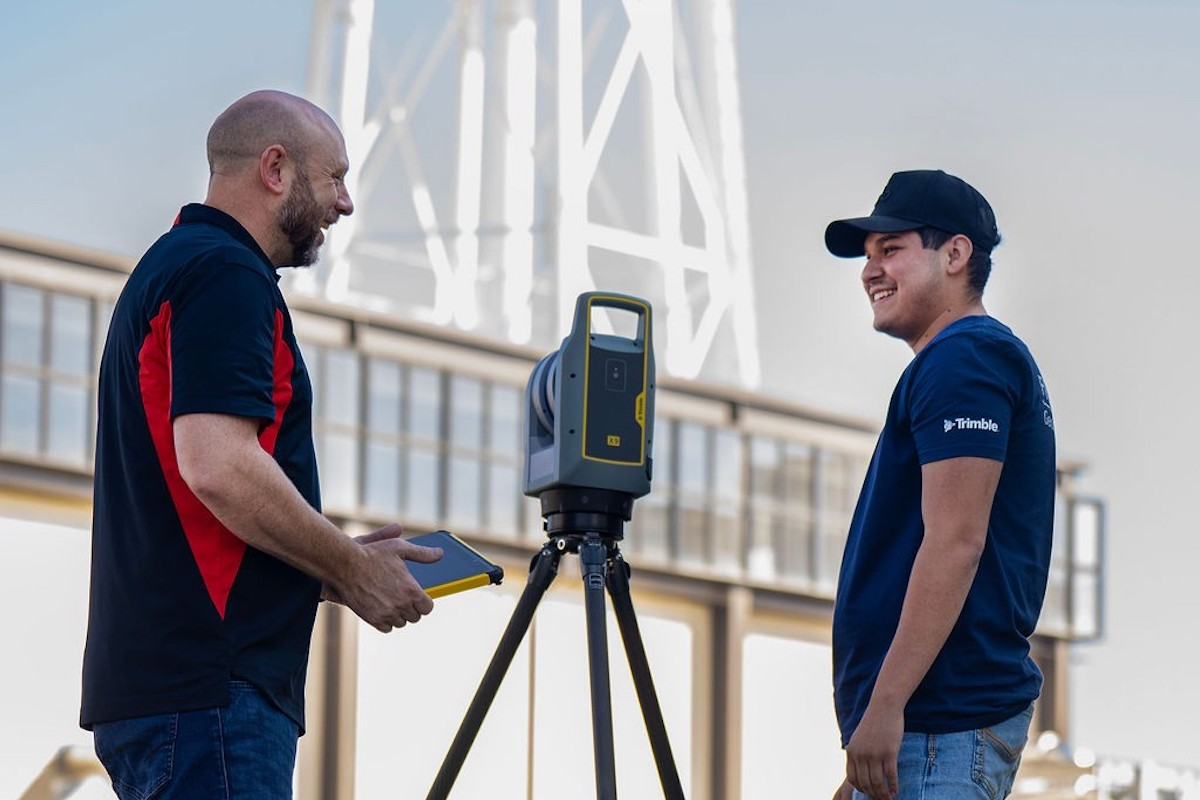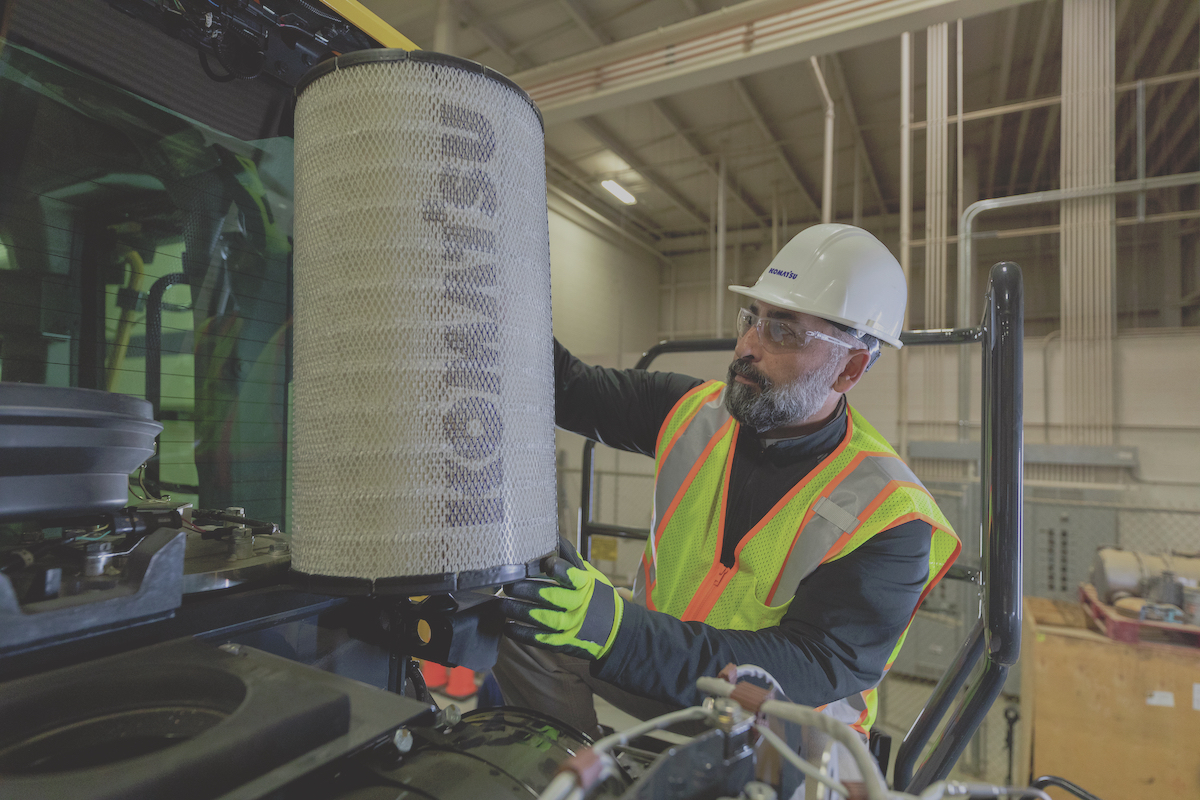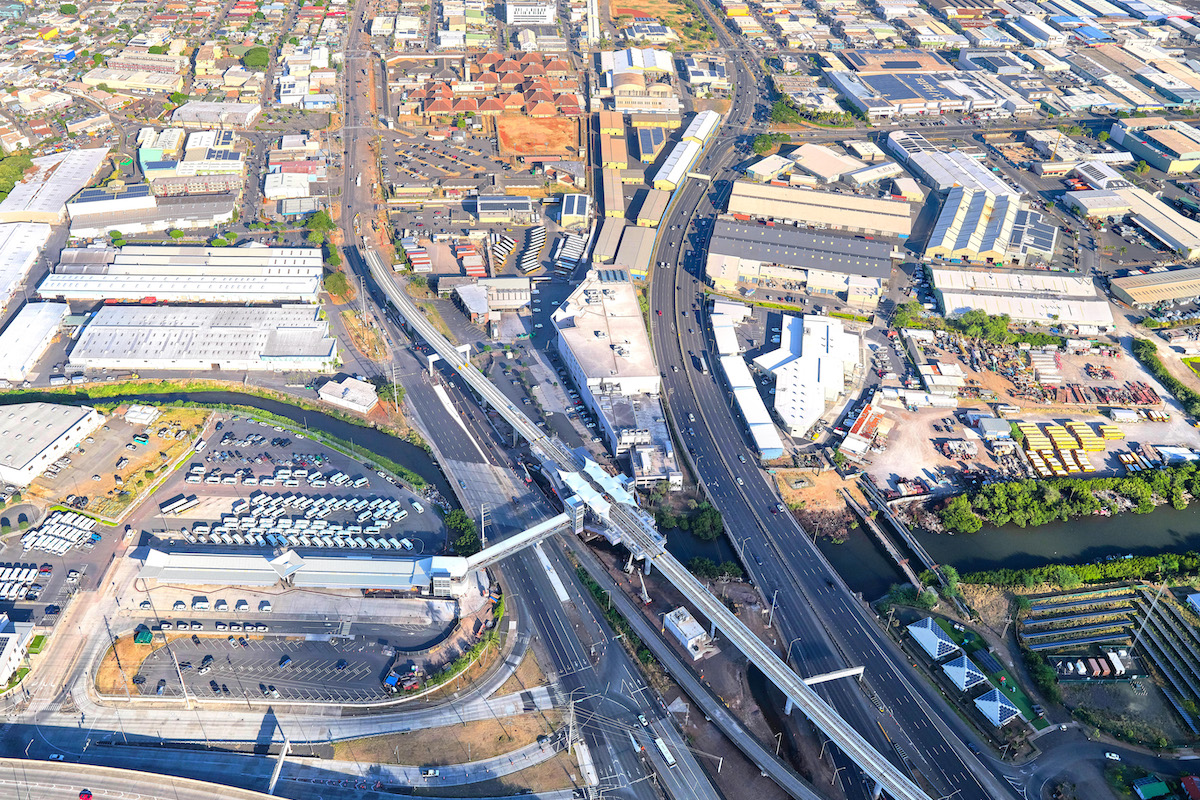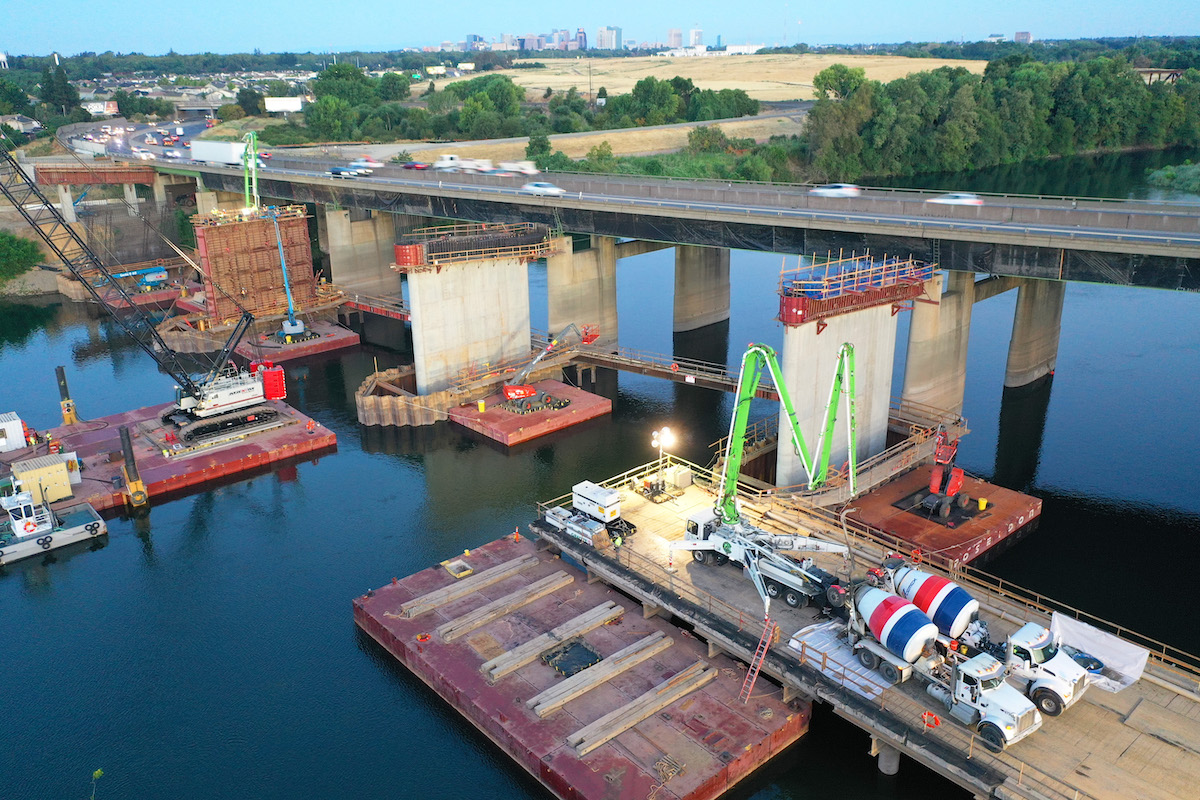Battery energy storage is a critical part of California’s strategy to provide greater grid stability and reliability that replaces retiring natural gas generation, while reducing consumer energy costs. Currently, Gateway Energy Storage is energized at 230 MW and on track to reach 250 MW, increasing the state’s energy storage capacity.
“We’re proud to be a part of this landmark energy storage project for LS Power Group in Southern California,” said Dhruv Patel, Senior Vice President of EPC within the Renewable Energy & Storage group at McCarthy Building Companies. “We look forward to continuing our work on the project, delivering cost-effective, clean energy solutions to help the state meet its ambitious renewable energy goals.”
The Gateway Energy project has a 15-year contract with Edison International subsidiary Southern California Edison Co. and another long-term agreement with Pacific Gas and Electric Co., the operating arm of PG&E Corp. Initially, the system will offer one hour of energy storage, increasing to nearly three hours in 2021 and to four later.
“McCarthy has built a fantastic project at Gateway Energy Storage, which was unique in the industry in terms of its size and complexity,” said Cody Hill, Vice President of Energy Storage at LS Power. “They are a great partner, and I would not hesitate to work with McCarthy again on future power plant and energy storage construction projects.”

| Your local Gomaco dealer |
|---|
| Terry Equipment |
The McCarthy Renewable Energy & Storage group, based in Phoenix, provides engineer, procure, construct services on utility-scale solar installation projects and renewable energy storage projects across the U.S. Nationally, McCarthy offers in-budget development, constructability reviews, cost-estimating, value analysis, schedule development, project management, and schedule control.
In recent years, McCarthy’s Renewable Energy & Storage group has completed or is in the process of constructing more than 48 utility-scale clean energy projects in communities from coast to coast, representing a combined capacity of more than 3.6 gigawatts of clean energy production and 350 MW of energy storage.

































































